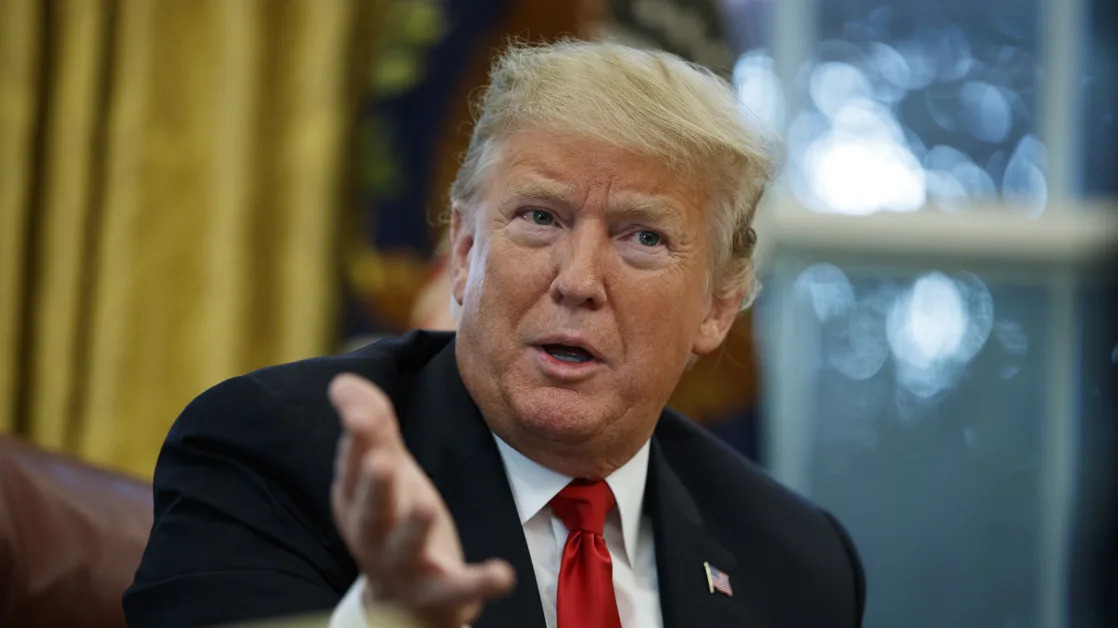-
The Bank of England said it plans to carry out a series of experiments on a wholesale central bank digital currency and distributed ledger technology.
-
It will also experiment to ensure that the "singleness of money" is maintained with stablecoins and tokenized deposits.
The Bank of England said it's planning a series of experiments with distributed ledger technology (DLT) and wholesale central bank digital currencies (wCBDC) to keep abreast of changes in the payments landscape and assess the opportunities and risks of developments in financial technology.
The rise of cryptocurrencies and the DLT that underpins them has prompted central banks across the globe to see how they can interact with both. Many are working separately, together or through the Bank for International Settlements – the umbrella organization for the world's central banks – on projects to explore the impact of developing technology on the world's monetary systems. The BOE, for example, is part of the BIS' Project Agora looking at testing exchanging tokenized commercial bank deposits and central bank money in multiple currencies on a single platform among seven banks.
One way that central bank money can interact with distributed ledger platforms is so-called synchronization, the report said. That's when an asset is transferred from one platform to another – possibly including one based on DLT – with the cash leg of the transaction on the bank's Real Time Gross Settlement ledger.
“Confidence in money and payments is fundamental to the Bank’s responsibility for monetary and financial stability," Governor Andrew Bailey said in the introduction to a discussion paper on Tuesday . "As innovation in this space continues, our role must also evolve, to support a robust and dynamic U.K. economy."
Wholesale CBDCs, digital tokens issued by central banks that are used only by institutions, could help interactions with programmable platforms, the discussion paper noted.
"Our programme of experiments would be grounded in a set of policy outcomes which we seek from innovations in wholesale central bank money," the bank said in the paper. "The programme would cover both wCBDC and synchronisation, as well as the relative merits of these two approaches."
The bank said it will work with the Treasury, Payments Systems Regulator and the Financial Conduct Authority to also ensure the singleness of money is maintained even when stablecoins are involved. That is, making sure all forms of money – cash, bank deposits and so on – are interchangeable with each other.
In the discussion paper, the bank said it will carry out a series of experiments to ensure that the singleness of money is maintained between stablecoins and tokenized deposits, which are deposit claims represented on programmable platforms.
"We should consider applying new tokenization technology to conventional money, rather than in the crypto asset markets where they were first employed," Sarah Breeden, a deputy governor of the Bank of England, wrote on Tuesday in the Financial Times .
Read more: UK Financial Watchdogs Publish Plans to Regulate Stablecoins
UPDATE (JULY 30 13:55 UTC): Adds deputy governor's comments in Financial Times in final paragraph.





